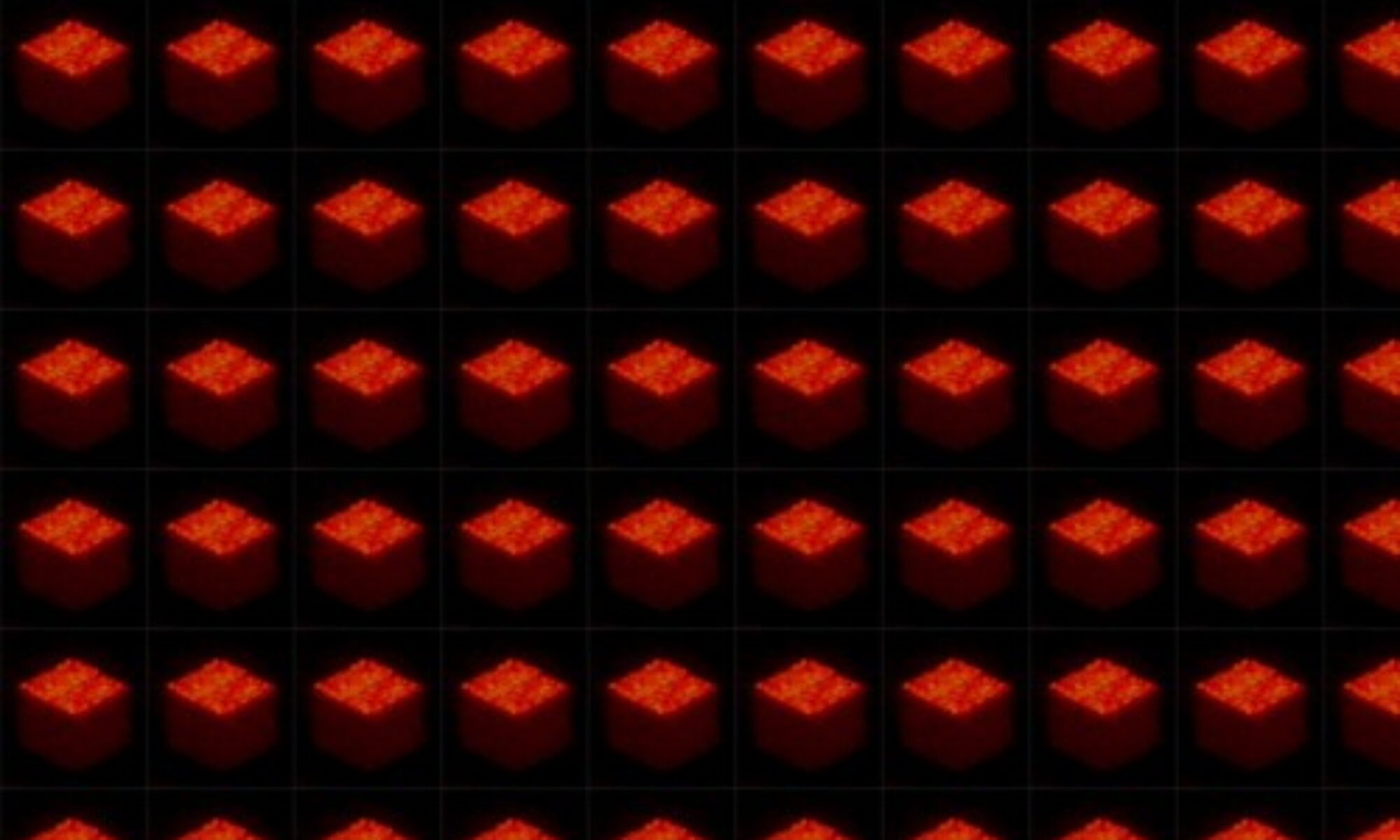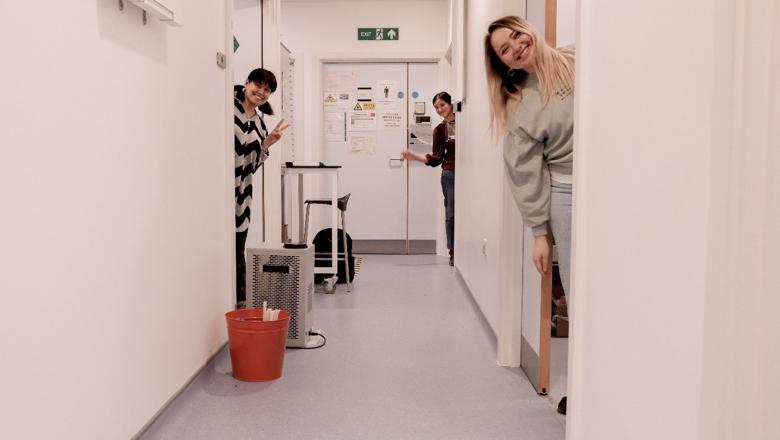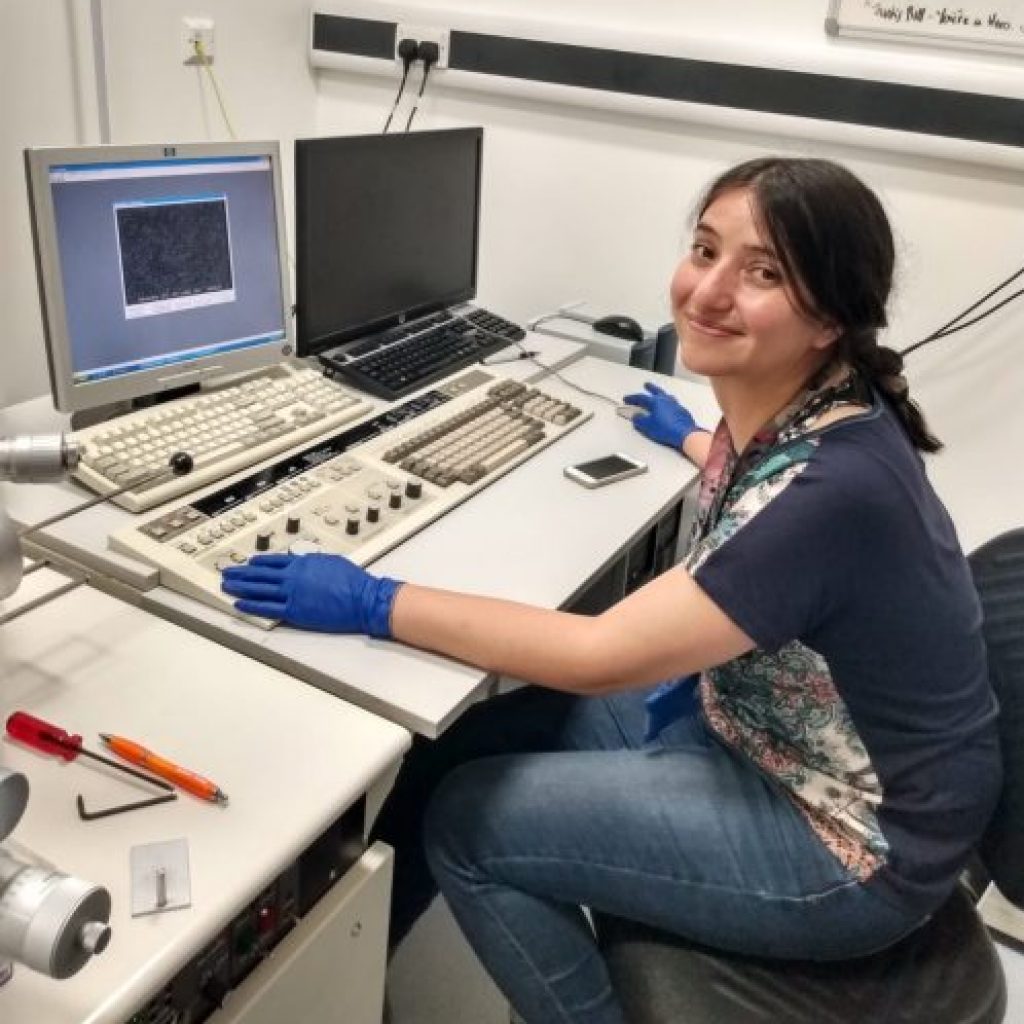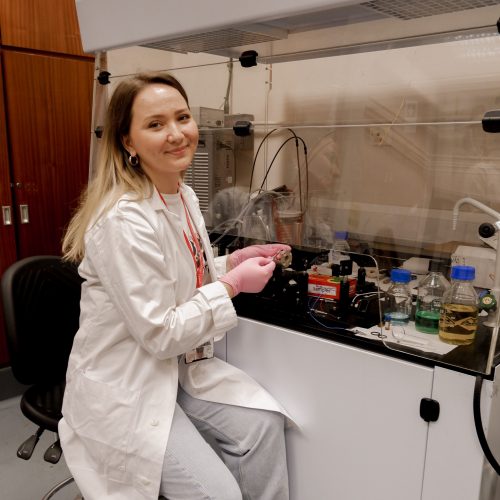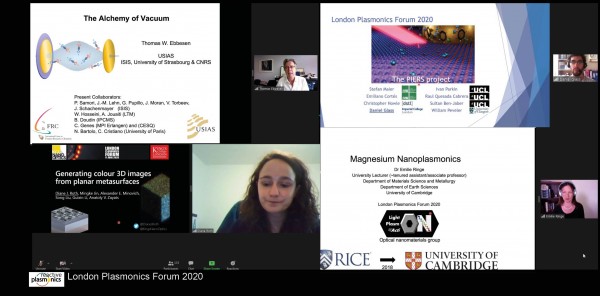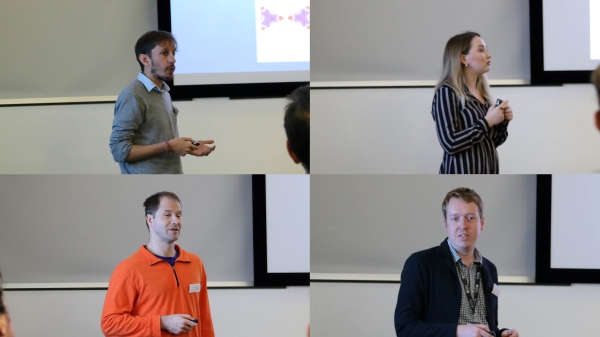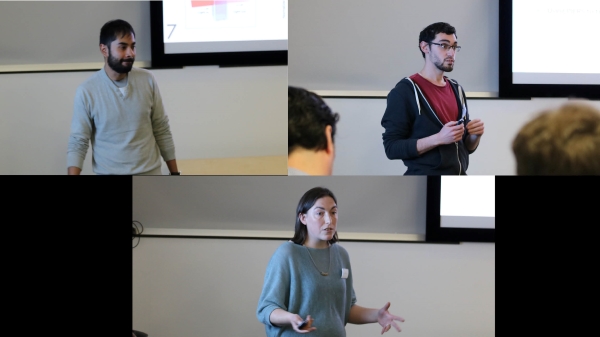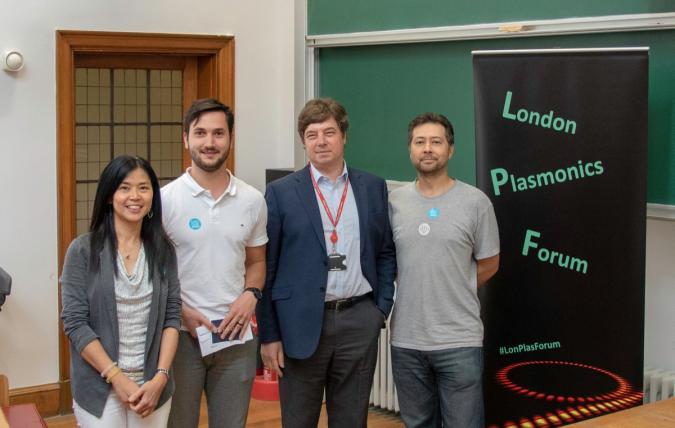The human brain easily outperforms today’s state-of-the-art supercomputers fed on just the calorie input of a modest diet, as opposed to the full-scale power station energy input that a supercomputer guzzles through. The difference stems from the multiple states the brain processes with versus the two binary states of digital processors, as well as the ability to store information without power consumption – ‘non-volatile memory’. These inefficiencies in today’s conventional computers have prompted great interest in developing ‘synthetic synapses’ for use in computers that can mimic the way the brain works. Now RPLAS reseachers at King’s College London, UK, report in ACS Nano Letters an array of nanorod devices that mimic the brain more closely than ever before. The devices may find applications in artificial neural networks.
How the brain works
Conventional computers have processors and memory components connected by wires in a circuit. However, in the brain the connections themselves also have memory functions. Signals pass from one biological neuron to another thanks to connecting synapses, and the connectivity of these synapses changes depending on what signals they have transferred in the past – practise makes perfect because repetition improves these synaptic connections.
Efforts to emulate biological synapses have revolved around types of ‘memristors’ – circuit elements that have a resistance that changes depending on what signals have passed through previously. “A memristor is very similar to how a synapse works,” explains Anatoly Zayats, a professor at King’s College London who led the team behind the recent results. Previous synthetic synapses based on memristors have responded to an input voltage through material changes such as the formation of filaments in insulator layers or a chemical change. This might be detected as a change in the electrical resistivity or the light emission characteristics. However, unlike the brain the devices reported so far have all needed a reverse polarity electrical voltage to reset them to the initial state.
“In the brain a change in the chemical environment changes the output,” explains Zayats. These chemical changes may be fluctuations in the ion concentrations around the synapse. Exposure to different chemicals then reverts the changes, even though the polarity of the electric field remains unchanged. The King’s College London researchers have now been able to demonstrate this brain-like behaviour in their synaptic synapses as well.
Synapse-like polymer junctions
Zayats and team build an array of gold nanorods topped with a polymer (poly-L-histidine, PLH) junction to a metal contact. Either light or an electrical voltage can excite plasmons – collective oscillations of electrons that release hot electrons into the PLH, changing the chemistry of the polymer. Depending on the chemical environment around the synthetic synapse, the chemical changes will increase or decrease the electrical conductivity or light emission intensity of the junction. In air oxidative dehydrogenation reactions gradually take place, changing the junction’s characteristics in a series of multiple levels until the polymer is fully dehydrogenated. In a 2% molecular hydrogen environment this reaction reverses, gradually resetting the junction to its initial state with no change in the polarity of the electric field across the junction. A chemically inert nitrogen chemical environment will preserve the state without any energy input required so that it acts as non-volatile memory.
The junction can also be set and read either optically or electrically or set one way and read the other allowing great versatility in the device. “The advantages of optical control is you can wirelessly switch and read the device,” says Zayats. The preference for electrical or optical operations depends on the application, but as he points out, there have been a number of attempts to create neuromorphic circuits that compute the way the brain does, and if you introduce optical switching or read out you can compute faster.
The researchers stumbled on the polymer junction’s neatly synaptic behaviour during experiments to develop a nanoscale light source. They had constructed different tunnel PLH junctions, and noticed the light source was not stable in air or hydrogen. “By chance I read a paper about synapses and thought – that is our light source,” says Zayats. “It was completely by chance.”
Catching up with the brain
Another impressive feature of the human brain is the sheer density of synaptic connections, which can reach 7.2 x 108 synapses/mm3. The first realisations of synthetic synapses were based on CMOS electronics and limited by the density of elements that could be fabricated on a chip, several orders of magnitude lower than that found in the brain.
Progress in memristor technology has made some inroads in closing this gap. The synaptic nanorod arrays Zayats and colleagues report gets impressively close, falling short by just a factor of a thousand or so. The next challenge will be finding a way to switch individual nanorods instead of the whole array. Exposing single nanorods to different chemicals may prove problematic but Zayats suggests there may be a way to expose just some from the array to a bias voltage or excitation light to change the state, which would bring them yet another step closer to mimicking the brain.

Optoelectronic synapses based on hot-electron-induced chemical processes Pan Wang, Mazhar E. Nasir, Alexey V. Krasavin, Wayne Dickson and Anatoly V. Zayats Nano Lett. 2020, articles ASAP https://doi.org/10.1021/acs.nanolett.9b03871
